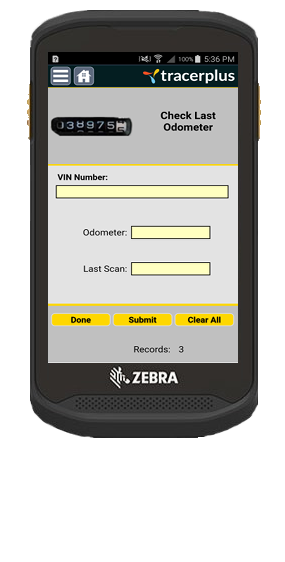
One advantage to retailers using UPC codes is immediate access to product information and pricing. These are numbers that GS1 assigns to your products once you upload criteria for certain fields, like name, quantity, description, etc. The remaining numbers are uniquely assigned product numbers. They’ll then be assigned a manufacturer ID number, which are the first numbers of the 12-digit UPC. In order to use a UPC, retailers must apply to become a part of the GS1. UPC barcodes represent a 12-digit number and follow a specific set of formatting rules. These codes follow a standardized barcode symbology and correspond with a Global Trade Item Number (GTIN). Many products use a Universal Product Code (UPC) system.

If, for example, an item is assigned a 10-digit number, a barcode will represent that number with 10 different black-and-white bar combinations. It’s simply a number that when looked up or keyed into a system pulls up more data about the driver, the car, etc.Įach number from 0 to 9 is assigned a different set of black and white bars. There’s nothing stored in the license plate. The barcode itself is the visual representation of that number. The numbers located under the vertical lines, or bars, of a 1D barcode represent a uniquely assigned item number.


How can barcodes help with the checkout process?.


 0 kommentar(er)
0 kommentar(er)
